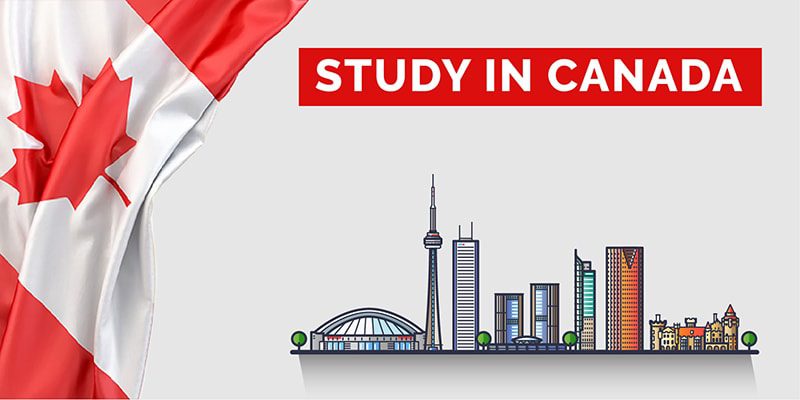
Gateway to Study Abroad
Study in Canada
Canada has one of the most welcoming cultures in the world. With one of the largest Indian diasporas in the world, Canada is closer to home than many other destinations in the West. Study outcomes in Canada for domestic and international students are one of the best in the world just last year, Canada created 1.8 million new jobs for graduates.
Get the Study Unifees Advantage for your Study in Canada Plans
- Choose from a vast array of universities and colleges.
- fast-track admissions to our partner institutions.
- Comprehensive counseling for visa applications.
- Post-visa support.
Book a Free Counselling Session
Welcome to Study Unifees, the leading study abroad consulting company in India!
We are your one-stop solution for all your overseas education needs. Whether you are a student looking to study abroad or a parent seeking guidance on your child’s education, we are here to help.
Our team of experienced counsellors and advisors provide personalized guidance and support to help you achieve your academic goals. With years of experience in the field, we have established ourselves as a reliable and trustworthy overseas education consultancy in India.
We understand that studying abroad can be a daunting task, and that’s why we are here to make the process as smooth and stress-free as possible. Our experts provide end-to-end support, right from helping you choose the right course and university to assisting with your visa application and pre-departure preparations.
At Study Unifees, we believe that every student has unique aspirations and goals, and we tailor our services to suit your individual needs. Whether you are looking for undergraduate or postgraduate courses, we have a wide range of options to choose from.
So, if you are looking for the best overseas education consulting in India, look no further than Study Unifees. Book a free consultation with us today and take the first step towards your dream education abroad.

